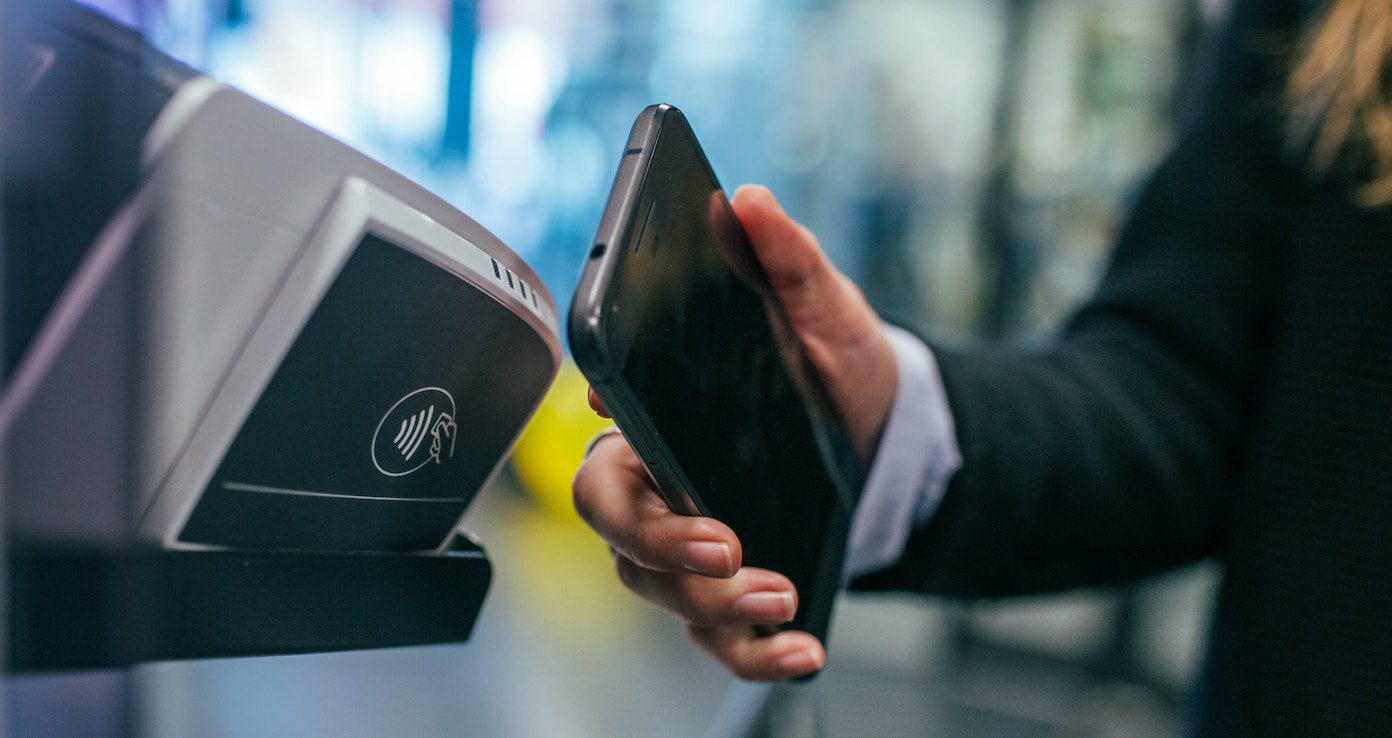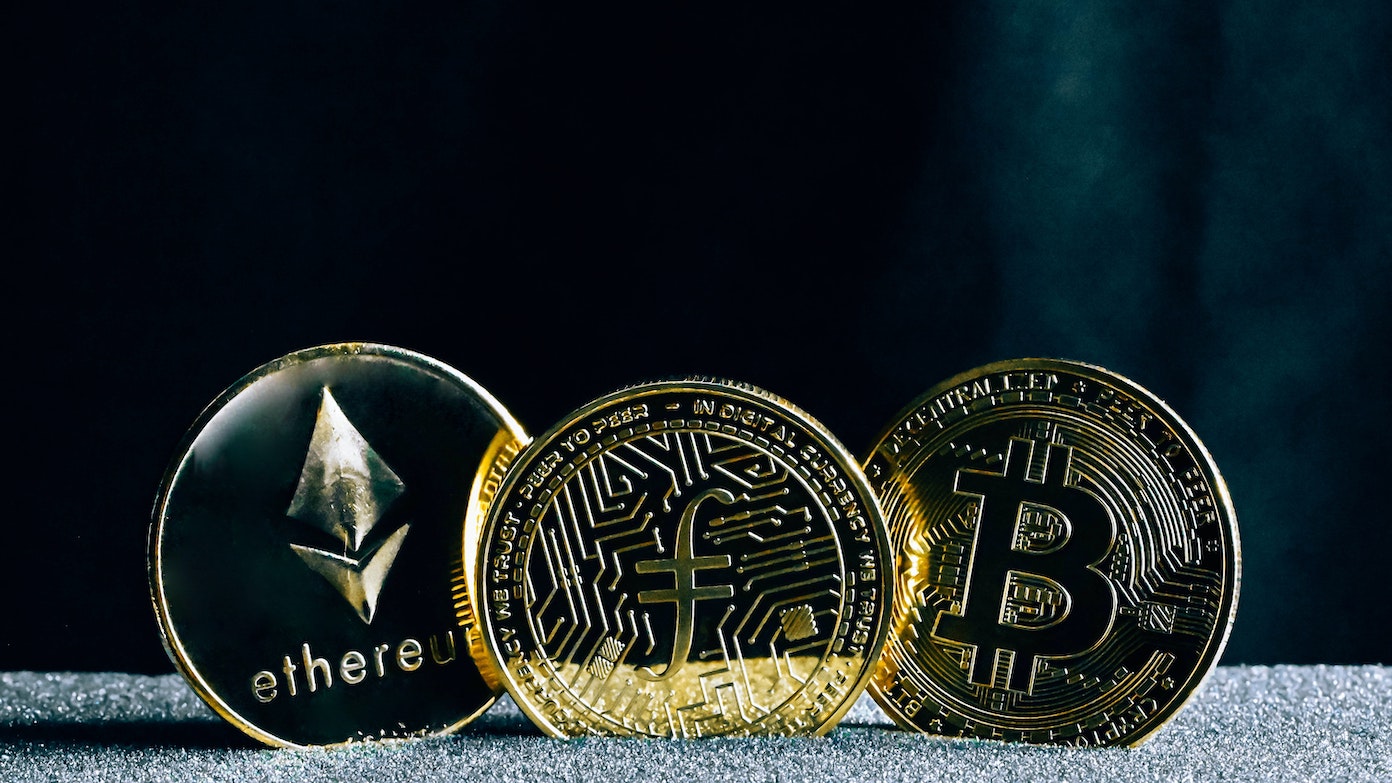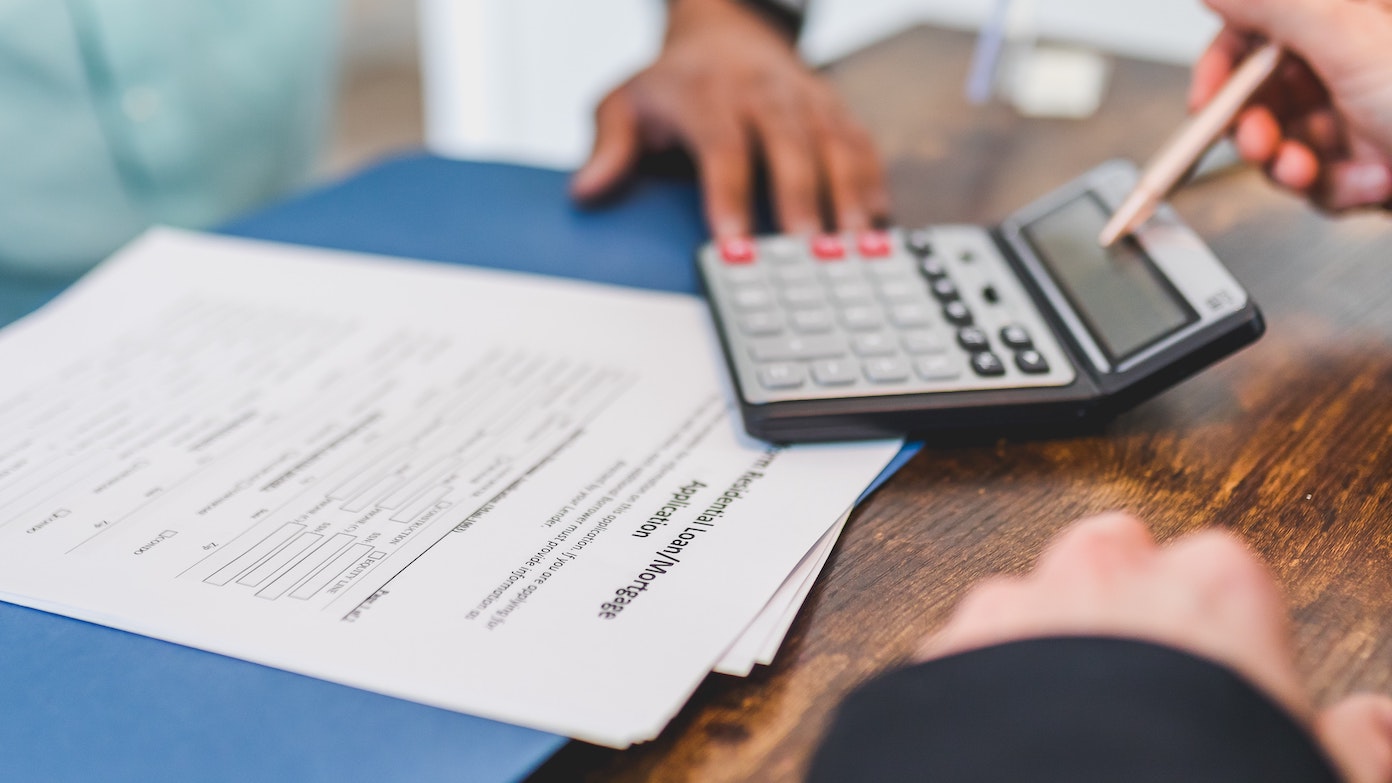The Ultimate Guide to Alternative E-Commerce Payment Methods
Written by
Editorial TeamPublished on

The world of commerce has evolved greatly in recent times. Only in what now seems like a long time ago, customers were limited to as few payment options as physical cash and credit cards. Today, however, consumers are provided with a wide variety of payment options ranging from digital payment platforms to small-scale credit sales schemes. Innovative offerings such as digital wallets have continued to record improvements to increase their effectiveness.
E-commerce retailers have continued to innovate with payment methods to meet the ever-changing needs of a new generation of consumers. In this article, Parcel Monitor discusses some of the e-commerce payment methods that are currently defining the world of e-commerce.
What Are Alternative Payment Methods?
Although physical cash reigned supreme as the major medium of commerce for much of history, there are now several options to challenge its use. Any ways of payment outside the traditional methods of major credit cards or physical cash are referred to as Alternative Payment Methods (APMs).
APMs in use today range from installment payment options such as Klarna and Afterpay to e-checks and cryptocurrencies such as bitcoins. The best e-commerce businesses strive to provide their customers with a large variety of payment methods. Doing so improves their market reach and client base and boosts returns. However, some options are generally more effective and rewarding than others. These are some payment methods that e-commerce businesses should consider using.
Digital Wallets and Mobile Payments

A digital wallet, often known as an e-wallet, is a piece of software that facilitates the exchange of digital currency between individuals, either in the form of peer-to-peer payments or purchases from a third party.
E-wallets or digital wallets are internet platforms or finance apps that customers can use either to buy from e-commerce stores or to transfer cash. Today, there are several examples of this payment option in use including Android Pay, Google Pay, and Samsung Pay among others. With these systems, customers can easily purchase goods literally at the tap of a button on their phones. This system is sure to enjoy popularity among your clients as about 84% of customers in the United States now own smartphones.
Furthermore, approximately one out of every three retail business owners say that the use of mobile payment methods helps in improving sales records. To meet the growing demand for these payment systems, there are now several Point of Sale (POS) systems available to help businesses transact electronically with customers. However, it is important to ensure that you go for systems that work with your service offerings.
Alternative Currencies

While most of the global trade is conducted with national legal tenders, there are also several mediums of exchange which, while not being legally recognized, can be used to transact business. Alternative currencies are used based on mutual agreement between both transacting parties and exist both in physical and digital forms. In its digital form, alternative currencies are known as cybercash or digital cash. They exist only in electronic form and can only be accessed, viewed and traded with on phones and computers.
Furthermore, being created and managed by private individuals and organizations rather than governments, they are not regulated by the same laws that guide the use of legal tenders. However, in some cases, a country’s central bank may provide a digital currency to exist side by side with its traditional legal tender.
Examples of such unconventional mediums of exchange include online currencies such as Dogecoin and Litecoin. You can read more about cryptocurrencies and what you can buy with them here. Also, some businesses such as Amazon and Starbucks give out “points” to customers in loyalty campaigns. These points can be used to purchase tangible goods from the said companies. Businesses can derive a number of benefits from this mode of exchange.
With the use of cryptocurrencies, you stand to enjoy lower transaction charges which carry a greater degree of protection from fake chargebacks. Also, digital currencies are reputed for their transfer speeds and they operate without intermediaries.
On the flip side, however, cryptocurrencies can be hacked and manipulated to the detriment of the users.
Moreover, as cryptocurrencies are not limited by national borders, they make your products accessible to people from all over the world, an invaluable advantage for e-commerce stores. Foreign customers are attracted to crypto-enabled businesses as this saves them the hassle of having to navigate the often complicated processes of international currency exchange. These factors, among many others, have influenced the boost in the popularity of cryptocurrencies in e-commerce. Why not take advantage of this?
Buy Now Pay Later Options
Credit purchases are also getting quite popular in today’s e-commerce space. Several retailers now provide Buy Now Pay Later (BNPL) options. Under this arrangement, buyers pay a certain percentage of the costs of a product, take possession of the said good(s) and make payment for the remainder in later installments, typically without any interest attached. The said installments are paid on pre-agreed dates, billed from the customer’s debit or credit card. Afterpay, Klarna and Sezzle are some of the most used BNPL platforms which you should consider using.
Retailers often carry out credit checks on customers before approving their applications for BNPL loans. However, even customers with relatively low credit scores can qualify for this. BNPL customers can choose from any of the several internet-based payment methods available. While some of these payment options are interest-free, others are not. In cases in which the former applies, BNPL companies usually require a fee from the retailers.
Customers are drawn to BPNL service offerings because of its flexibility. Young customers from Gen Z and Millennials in particular are attracted to BNPL. This is because people of that age range typically have less income and earnings than other adult age-groups. BNPL enables young buyers to make purchases that they would have been otherwise unable to make.
Also, the fact that no heavy credit checks are carried out means that customers with relatively lower credit scores stand good chances of winning BPNL loans.
Benefits of Offering Alternative E-Commerce Payment Methods
Higher Sales

Studies on cart abandonment show that 80% of buyers decide to leave their shopping carts. Factors leading to this range from unnecessary or repetitive questions on e-forms passed to customers to high shipping fees among many others. To ensure that as many clients as possible complete their purchases and that cart abandonment is kept at a minimum, businesses need to make payments easy, attractive and seamless for customers.
Just under 10% of business transactions are aborted because of the unavailability of a payment method which is convenient for buyer and seller alike. The existence of obstacles to payment can deter your customers, especially those based abroad, from patronizing your products. With the availability of several easy modes of payment, customers from all around the world would be more inclined to purchase your products.
More Secure Online Transactions

Moreover, according to a new study, approximately 18% of customers abort transactions because of fears regarding payment safety. Most BNPL sites and e-wallets require users to input some sensitive data such as passwords and account details before gaining access to their accounts. This gives customers the impression that their transactions are protected.
In order to ensure that no unwarranted party gains access to people’s e-wallet accounts and the sensitive data that they often contain, a number of security measures are usually applied. These include fingerprint and face scans. E-commerce businesses often promote the use of these safety measures to boost customer trust and thereby increase sales.
Streamlined Checkouts

Internet customers specifically are known for their strong aversion to customer care problems. A long and complicated buying process or an extended period before delivery can deter customers from making purchases. Simple and streamlined checkouts are sure to get you the best conversion rates.
In addition to this, unconventional payment options such as digital wallets are faster to use than their traditional counterparts. E-buyers can pay for goods by simply swiping cards or tapping a few keys. These new payment methods are helping businesses increase their revenue by enabling customers to purchase with speed, ease, and security.
Wrapping Up
Ease of payment is a key factor that influences the choices of buyers today. Consumers are increasingly showing a preference for businesses that provide them with several payment options that are flexible, secure, easily navigable, and fast. Alternative payment methods are designed to meet these needs, thereby increasing conversion rates and profits for businesses.
Check out the full article at Parcel Monitor to find out more!
***


![Marketing in Europe in 2026: What's new and what hasn't changed? [McKinsey Report]](https://ecommercegermany.com/wp-content/uploads/2026/01/windows-w79mIrYKcK4-unsplash-720x480.jpg)